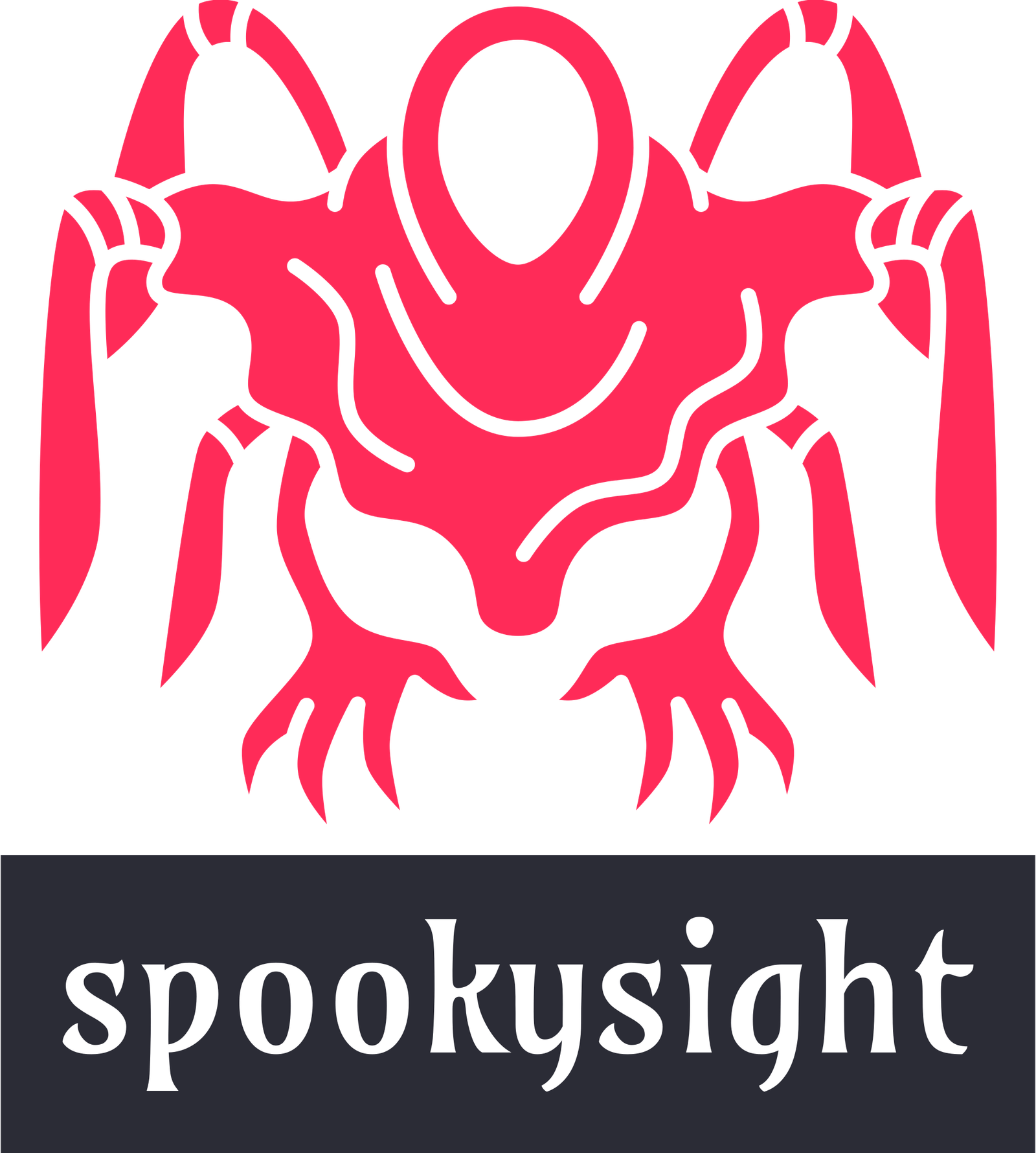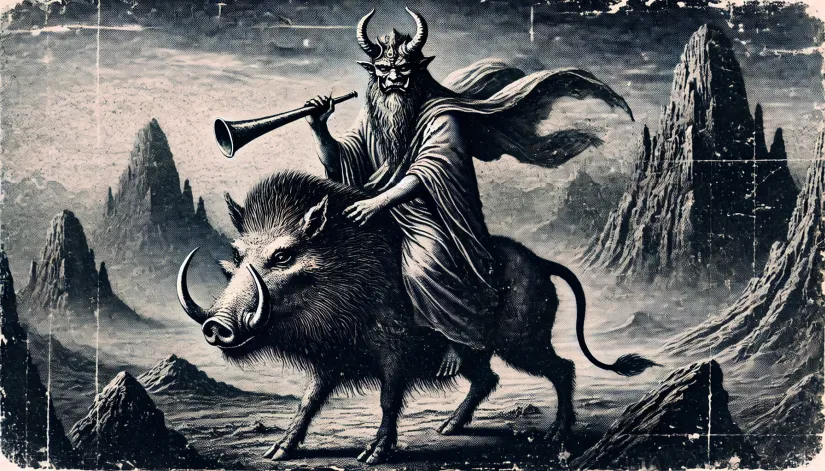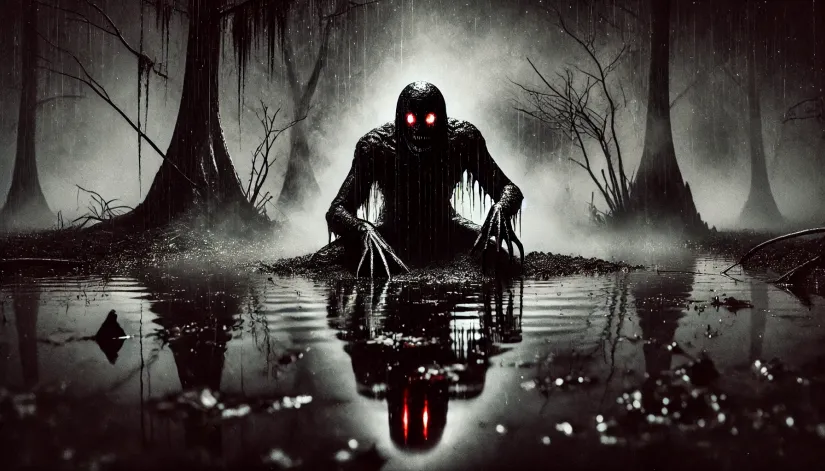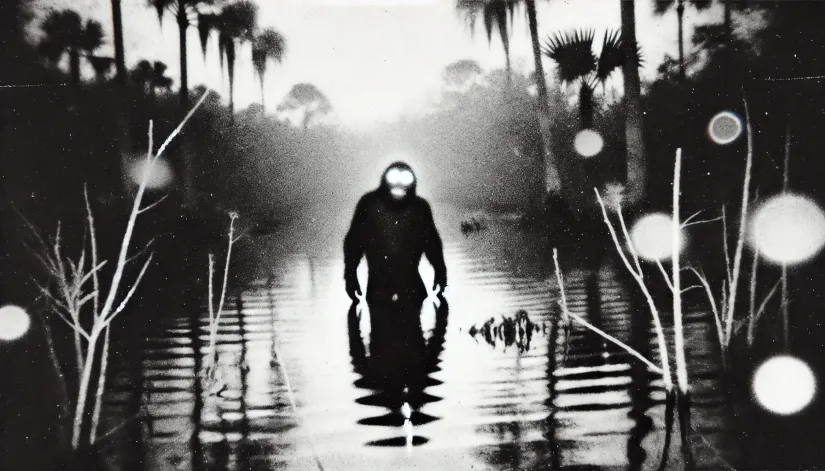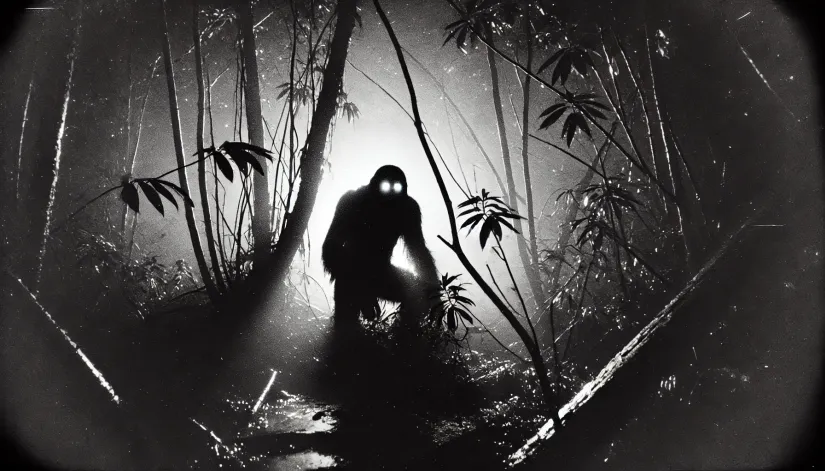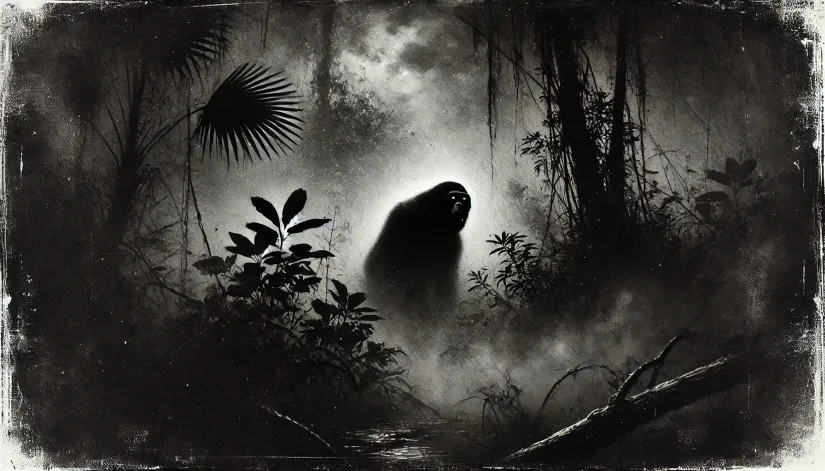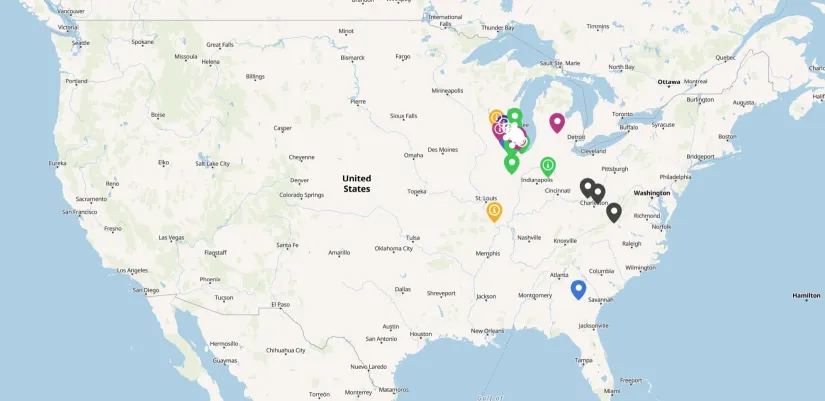Who is Purson? Purson is a powerful demon king in demonological lore. He ranks as the 20th spirit among the 72 demons of the Goetic hierarchy.
His name is often mentioned as one of the most influential and top-ranking demons in Hell’s hierarchy. As for his powers? Purson is known for his mastery over divination and hidden knowledge.
However—as is the case with all demons—the knowledge the demon offers often comes with a price. A twisted “alternative” to the divine power. Full of danger and deceit.
In this article:
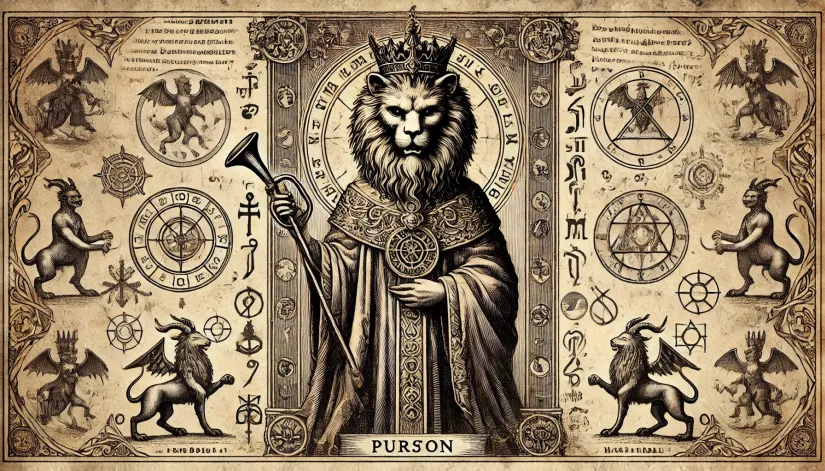
Etymology and Pronunciation
In English, Purson’s name is typically pronounced as “PUR-sun.” The word has a few possible origins, and each one adds a unique twist to who he is.
One common theory ties his name to the Latin “personare,” meaning “to sound through” or “to resonate.” This actually fits his style since his arrival is always announced by trumpets—like he wants to make sure everyone knows some big secret is about to drop.
Related: Who Is Seraphiel, the Angel of Silence?
Another theory links his name to “vinea,” a type of wooden siege structure. Maybe this connects him to breaking barriers and revealing guarded truths.
In Hebrew, his name is written as פורשון (Porshon). However, you may also see variations like “Curson” and “Pursan” pop up in grimoires like Johann Weyer’s “Pseudomonarchia Daemonum” and Jacques Collin de Plancy’s “Dictionnaire Infernal.”
All of these interpretations paint Purson as a “sounding” or “revealing” spirit—someone whose knowledge cuts through the mysteries of both the earthly and the divine.
Origins and Historical Background
If we look back at the ancient religious texts and history books, Purson’s earliest mentions come from some of the core demonological texts. Perhaps the best example here is the “Ars Goetia” from the 17th century. Here, we can find paragraphs about a demon king with deep knowledge of both earthly and divine matters.
Johann Weyer’s “Pseudomonarchia Daemonum” (1583) also portrays him as a regal and influential spirit. The “Dictionnaire Infernal” offers a more structured look at Purson—again portraying him as a distinguished king who can reveal both mundane and spiritual secrets.
Thanks to these books, Purson has become so popular among those who practice magic and sorcery today.
| Attribute | Description |
|---|---|
| Aliases | Pursan, Curson |
| Titles | King of Hell, Great Spirit of Divination |
| Race | Fallen Angel (former Order of Virtues and Thrones) |
| Pantheon | Abrahamic, Goetic |
| Personifies | Wealth, Fortunetelling, Divine Wisdom |
| Appearance | Lion-headed man riding a bear with a viper in hand, heralded by trumpets |
| Abilities | Knowledge of past, present, and future; treasure discovery; creation of familiars; revealing divine mysteries |
| Equipment | Viper, symbolic staff |
| Associated Elements | Earth, metals associated with wealth (e.g., gold) |
| Gem/Crystal | Emerald, Citrine |
| Associated Figures | King Solomon (summoner), Pahaliah (Kabbalistic angel ruler) |
| Astrological Influence | Birth dates June 23–27, representing rebellious traits |
| Summoning Requirements | Seal of Purson |
| Equivalents | Horus (for divination and guidance attributes) |
| Affiliations | Hell, Ars Goetia, Luciferianism |
| Alignment | Evil |
| Historical Mentions | Ars Goetia, Pseudomonarchia Daemonum, Dictionnaire Infernal, The Lesser Key of Solomon |
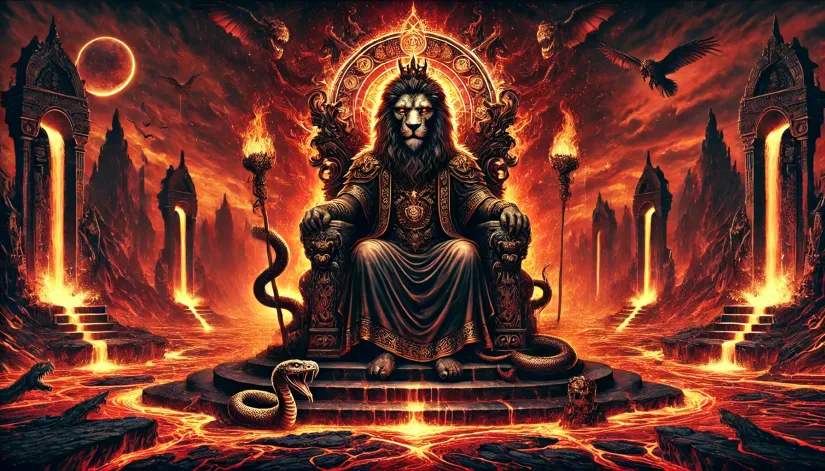
Role and Rank
In the Goetic hierarchy (Hierarchy of Hell or the classification of demons), Purson is one of the Kings of Hell. He shares this rank with the other 8 Kings of Hell: Asmodeus, Zagan, Bael, Viné, Paimon, Balaam, Belial, and Beleth.
Each one of these demon kings rules over countless spirits and represents different types of infernal power. For example, Bael is known for invisibility and cunning, while Asmodeus covers lust and wrath. Paimon? He’s all about knowledge and the arts.
On the other hand, Purson commands only 22 legions of lesser demons. It’s a lot less compared to, let’s say, Paimon (200 legions) or Belial (88 legions).
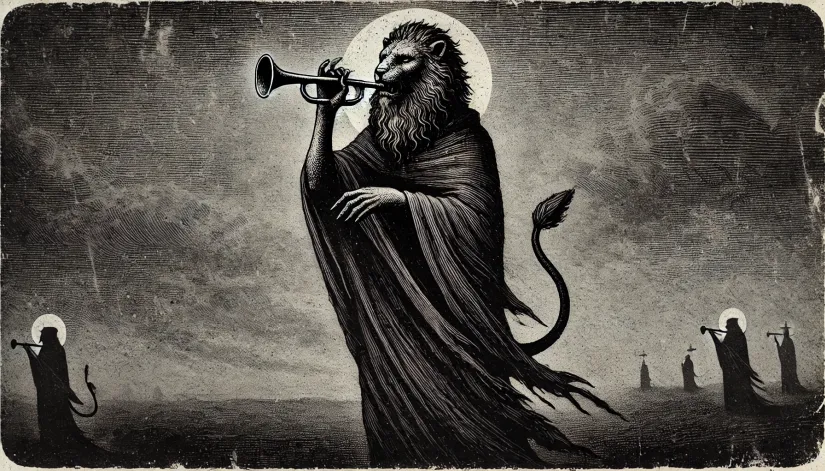
What Does Purson Look Like?
Purson is often depicted as a man with a lion’s head, riding a bear, and holding a viper. The lion’s head stands for strength, wisdom, and royalty—qualities that match his status as a king. The bear adds to his power and endurance. The viper symbolizes danger and wisdom, suggesting his control over forbidden knowledge.
His arrival is always announced by trumpets—a unique feature among Goetic demons. Trumpets are traditionally tied to royal events or divine announcements. A demon announced by trumpets is not something common.
We believe there is a dual sense here. First, it may be a mockery of the divine trumpets used by archangels (like Archangel Gabriel) to announce divine messages, significant events, or the final judgment.
It may also suggest that Purson’s arrival is a major event. Something worthy of both awe and fear.

Abilities and Powers
As mentioned above, One of Purson’s most notorious abilities is his knowledge of hidden truths—whether from the past, present, or future.
However, his ability mocks the divine power attributed to saints in the Bible, where true revelation comes only through God’s grace. In contrast, Purson’s power is a dark imitation, allowing him to see what is forbidden for humans.
The idea of seeing past and future events touches on the concept of forbidden knowledge—the kind of insight that, in biblical accounts, was reserved for prophets or divine beings, not for mortal hands or infernal forces.
Related: Who Is Abaddon in the Bible? The Destroyer and the Apocalypse
When a demon like Purson offers this kind of knowledge, it’s an act of rebellion against divine order.
Purson is also one of the demons who can create familiars—spiritual beings meant to serve. This is another mockery of the divine. It mimics the holy act of providing angelic protection, but in a twisted form.
These familiars (often called imps or infernal servitors) include well-known names like Vepar, Furcas, or Raum. They might seem loyal, but their allegiance is deeply corrupt. Instead of offering real protection or guidance, these beings lead practitioners further into reliance on infernal power, binding them to darkness.
Their names and roles may mimic angelic beings, but it’s all just part of the deception to pull people deeper into the grasp of evil forces.
Astrological and Elemental Connections
Astrologically, Purson is linked to those born between June 23 and June 27 (Cancer). This zodiac sign is all about intuition, mystery, and introspection—all of which match Purson’s powers.
Elementally, Purson is tied to Earth, reflecting his focus on material treasures and grounded wisdom. Earth stands for stability, practicality, and a strong link to the physical—all of which align with Purson’s abilities to reveal wealth and hidden truths.
Other Associations
Purson is often linked with figures known for wisdom or mastery over secrets. One such figure is King Solomon, who bound the 72 Goetic demons, including Purson, to his will.
In Kabbalistic texts, Purson is sometimes linked to the angel Pahaliah, who oversees divine knowledge and introspection. There’s also a symbolic link to Horus, the Egyptian god of insight.
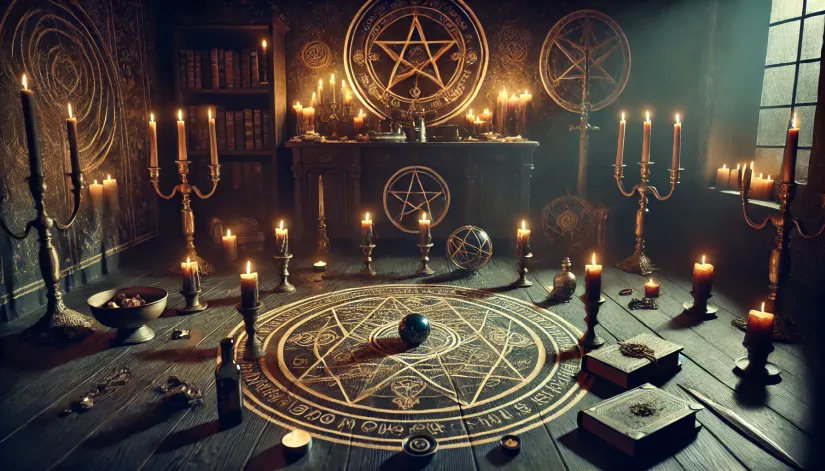
Purson in Modern Occultism
Today, Purson remains a crucial figure in modern occult practices. He’s particularly important in practices like Luciferianism and Thelema (both of which draw heavily from Goetic demonology).
In Luciferianism, Purson is the embodiment of enlightenment and personal power. He’s the one you go to when you want forbidden knowledge for self-growth.
Aleister Crowley (a prominent name in Thelema) mentions many Goetic demons in “The Book of the Goetia of Solomon the King” (1904). Purson is one of the demons Crowley said it can be summoned.
The Hermetic Order of the Golden Dawn goes one step further. This secret society was devoted to the study and practice of the occult, metaphysics, and paranormal activities during the late 19th and early 20th centuries. It was founded in London in 1888 by William Wynn Westcott, Samuel Liddell MacGregor Mathers, and William Robert Woodman. Even today, the Golden Order is still considered one of the most influential organizations in the history of Western esotericism.
So, what was their approach? In their version of Goetic summoning, the “Lesser Ritual of the Pentagram” and the “Middle Pillar Ritual,” they proposed that the summoner can take steps toward working in partnership with the summoned demons.
The Golden Dawn’s rituals often included complex ceremonial steps (involving circles, triangles, specific incantations, tools like wands or daggers, and divine names) to maintain control over the summoned spirit. Everything was explained in detail, including how to create a multi-layered protection using elements from Hermeticism, Kabbalah, and Rosicrucianism to purify and prepare both the space and the practitioner.
